Projects
This are my Data Analysis Projects 🚀
Due to my great interest in computer science, I have developed personal projects focused on data analysis, with a special interest in data of biological origin. This approach has allowed me to acquire practical skills in the management and processing of complex information.
I share my projects, both the highlights and those I’m still learning, in my GitHub repository, which allows me to document and reflect my technical evolution and continuous learning.
Table of contents:
- Projects of 2025
- Projects of 2024
- Website of Species of the island of Gran Canaria observed 🐜🌱
- Species inventory from the Natural Protected Areas in Gran Canaria 📋
- Grids for searching for species (Python) 🌷🐜🔍
- Drought study in the Canary Islands (NOAA stations) ☀️ ☁️ ☔
- Meteorological Dashboard of the Canary Islands
- Sea Turtle Database Analysis using Julia
- Projects of 2023
- Projects of 2022
- Projects of 2021
Projects of 2025
Natural ecosystems: terraiums and ecospheres 🔬🐜🌱
For a long time time now, I’ ve being interested in the idea of autosustainable natural ecosystems, either acuatic or terrestrial, inside of sealed jars.
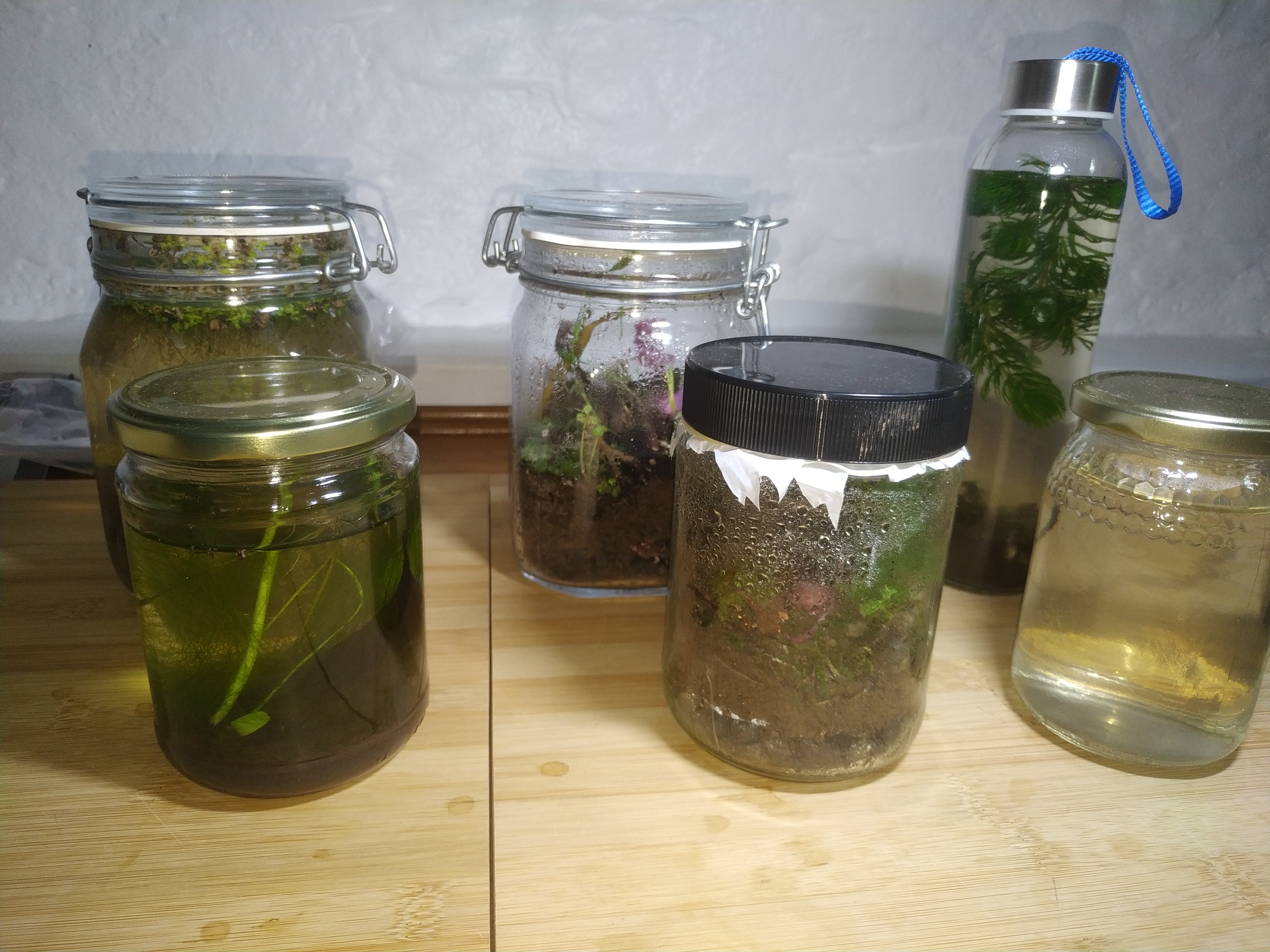

Fresh water snail
likely Physella acuta
Aquatic Ecosphere: Simulation of an aquatic environment. A field trip is conducted to collect samples of stagnant water, ensuring to obtain substrate with microorganisms, fauna, algae, and plants that perform photosynthesis to maintain the ecosystem.
Terrarium: Simulation of a terrestrial environment. First, a drainage layer, such as gravel, is placed, followed by a layer of sampled soil containing microbes, plants, and fauna that will bring the ecosystem to life.
My goal is to set up a home laboratory, investing in recording equipment to observe the organisms in each jar and study how the ecosystems evolve until they stabilize. This will allow me to delve into ecological principles and analytical laboratory techniques through various experiments.
Once I have the equipment, I would like to share my discoveries on social media.
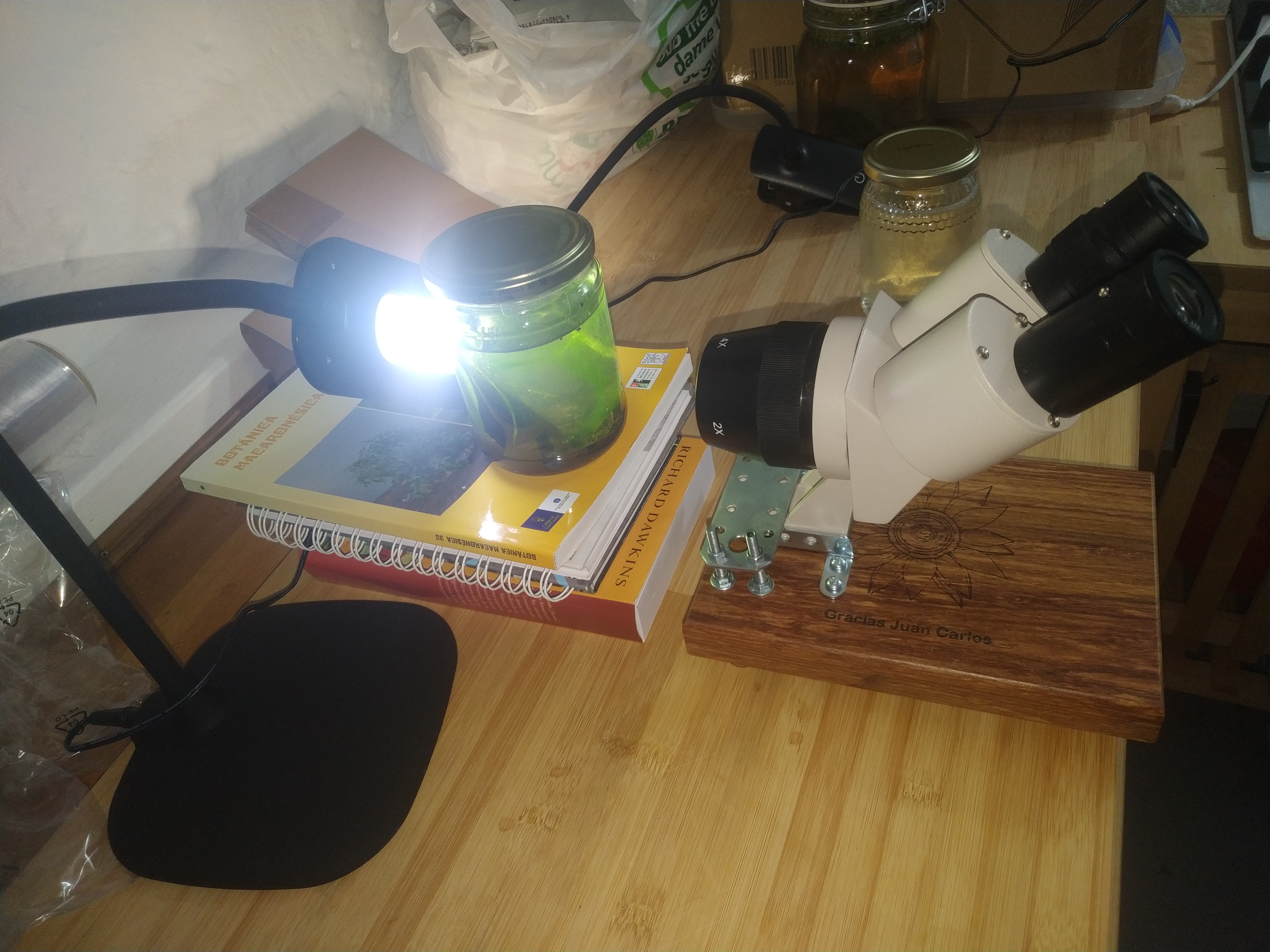
Interesting Discovery:
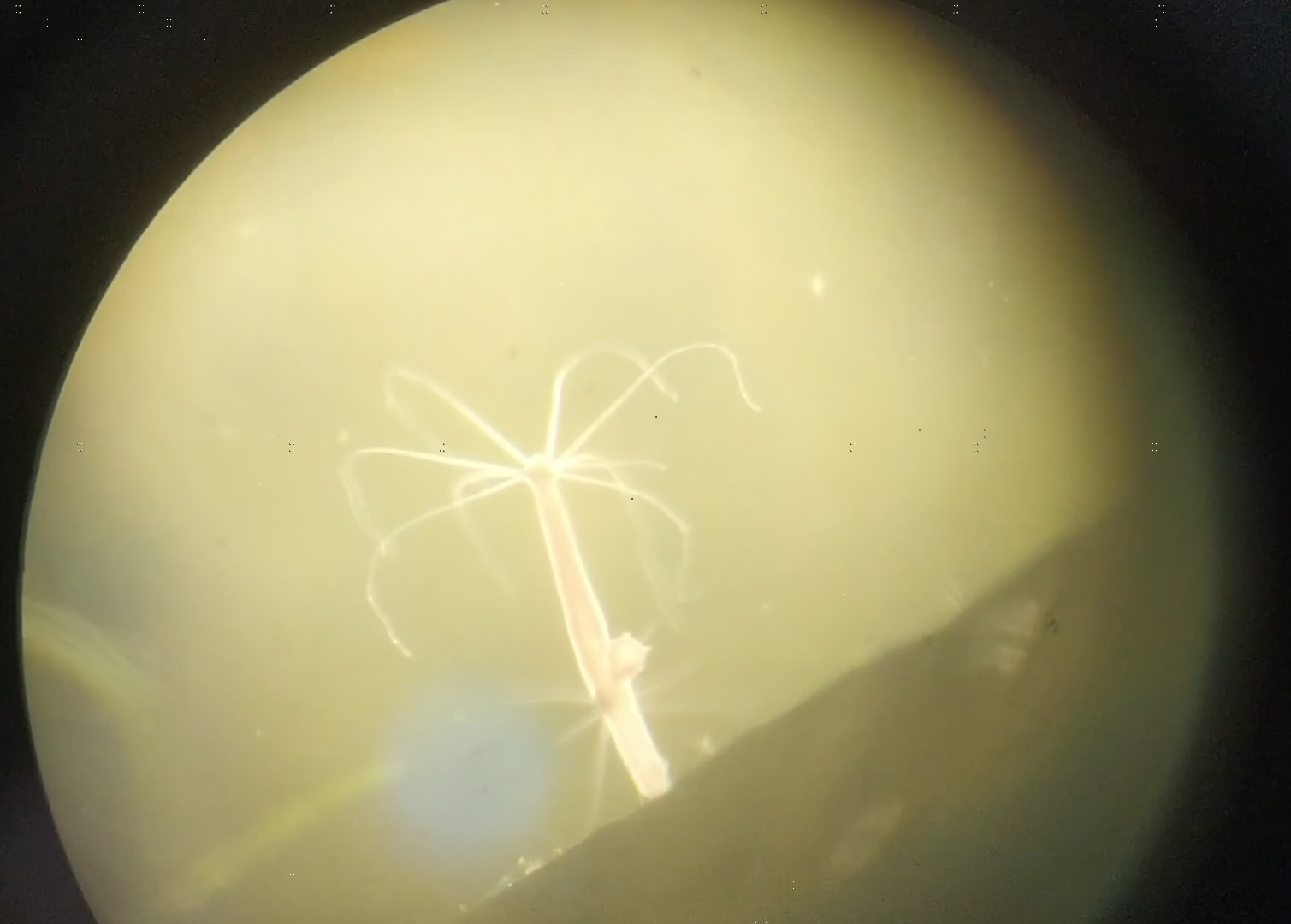
Hydra species, possibly Hydra oligactis.
As of February 19, 2025, I made a discovery of what I believe to be a species not previously observed in the Canary Islands, or at least not recorded in the Canary Islands Biodiversity Database (BIOCAN). It is a species of the genus Hydra (there are a lot of hydra species so i will call it Hydra sp.), found attached to one of the substrate leaves.
The water sample was collected at Finca del Galeón in Santa Brígida, Gran Canaria Island.
Area with stagnant water where the water sample was taken.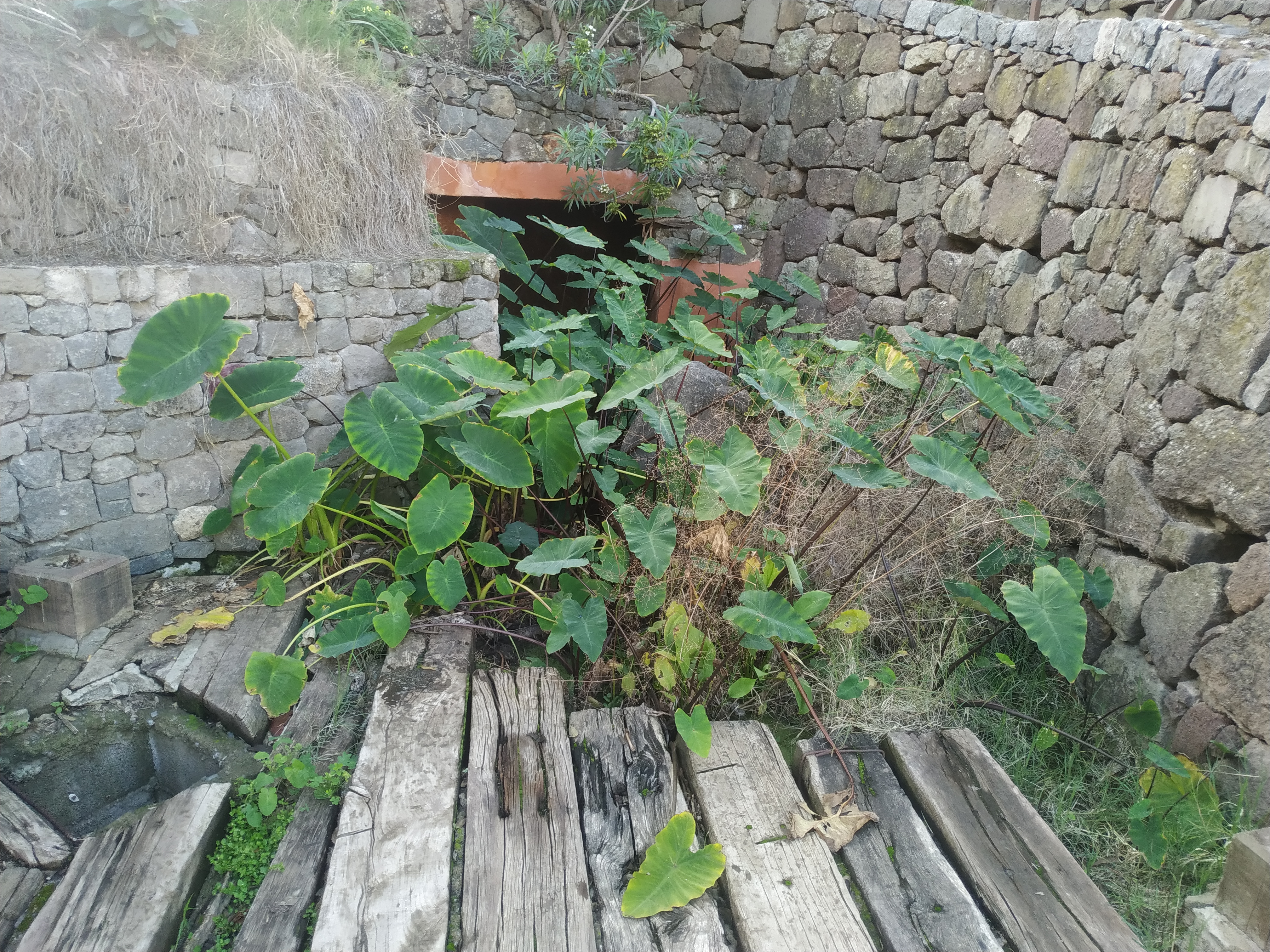
Creating the footage.
I got a binocular magnifying glass and started creating footage of the samples around May. By the end of May, I finally got the microscope and tools, so I set up my lab. After recording some footage and learning to use software for video and audio editing (OpenShot, Audacity, Inkscape, etc.), I started my YouTube channel (link below).
Right now, I’m focusing on making Shorts, and eventually, I’d like to create more elaborate content.
Projects of 2024
Island Council of Gran Canaria, Environmental Service (side projects) 🥾
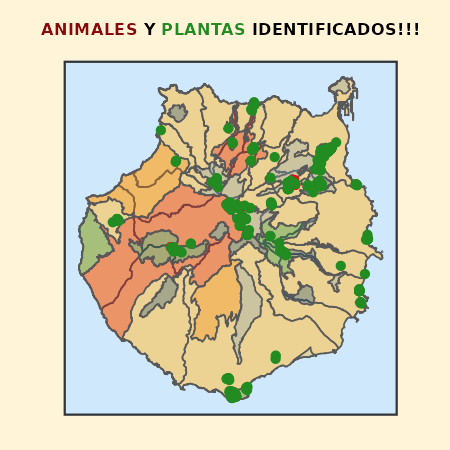
Website of Species of the island of Gran Canaria observed 🐜🌱
Description: This website was created for the observation of species located in situ by taking georeferenced samples through mobile phone photographs. The platform consists of several pages where the species can be observed in viewers, interactive tables and statistics.
Currently, I am focusing on the search for invertebrates and plants, although I do not rule out including other organisms in the future.
Some skills:
- Use of Tools for Reproducible Research.
- Programming: Python, R, Bash, JavaScript, CSS, HTML.
- Workflows management systems (SNAKEMAKE).
- Big Data (SITCAN, Biota…).
- Web development, maintenance, debugging (a lot of debugging 😢… I love it!).
- Conda package manager.
- Git and GitHub (GitHub Actions, GitHub Pages)
- GIS viewers.
- Biology: fieldwork, of species identification.
- Data analysis, and Data Visualization of biological and spatial data.
- SQL/MySQL: database design and management. I am currently working on creating a species database, integrating data from BIOCAN and SITCAN through queries and related tables.
Visit the project at:
Species inventory from the Natural Protected Areas in Gran Canaria 📋
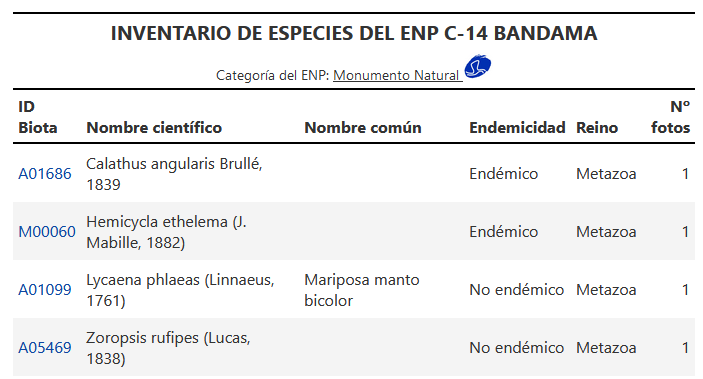
From the species website data, I have created a MySQL database, where I have performed various queries to structure tables containing the species I have observed in the Protected Natural Areas of Gran Canaria Island.
What truly sets this project apart is that I have primarily used it to learn how to perform SQL queries and management of Docker containers. These containers allow me to maintain a stable environment compatible with the required versions to continuously run my software.
Finally, I have developed a simple web interface to visualize the data, although, in this case, what truly interests me is the collected information itself.
Visit the project at:
Grids for searching for species (Python) 🌷🐜🔍

Description: Workflow to create grids of a required surface (50 m x 50 m 100 x 100 m…) in Protected Natural Areas, using Python. The idea is to have grids to load in IGN and better navigate these spaces and annotate species.
With these layers, spatial analyses of identified species (or other observations) can then be carried out, such as the website I have developed for the location of native species in the Bandama caldera.
Using this software, I am developing a species layer with a resolution of 50 m x 50 m (in GPKG, KML, and SHP formats) for the Jinámar C-29 Site of Scientific Interest. Additionally, I am creating an interactive web application to analyze the inventory, which will be useful for space management
Visit the project at:
Other projects this year
Drought study in the Canary Islands (NOAA stations)
☀️ ☁️ ☔
Description: This project is inspired by a YouTube tutorial called Riffomonas Project, created by Patrick Schloss, a professor at the University of Michigan Medical School.
This was my first web development project.
The ultimate goal is to create a GIF showing the evolution of the 2024 drought compared to the last 30 years of data from NOAA stations .
Unfortunately, a catastrophe occurs in Asheville on September 28, 2024 due to Hurricane Helene, which devastates the city. As a result, the NOAA NCEI servers are down: noticia. The servers will be up and running again on October 17, 2024.

Visit the project at:
Meteorological Dashboard of the Canary Islands
I have created a DASHBOARD to analyse the variation of the variables of temperature and accumulated precipitation, provided by the Meteorological Observation System of the Canary Islands (public data from SITCAN) to see how it evolves in the coming years. As in other projects to automate the downloading of data and its processing, I use tools such as GitHub Actions and GitHub Pages.
The original reason for this project is that during my time at the Island Council, I contributed to the implementation of vegetation planting projects. Considering 2024 has been a dry year, and given that rain is an important natural resource for the success of these plantations, a tool that gathers data on variables such as temperature and accumulated precipitation could be very useful.
Among the applications there is an interactive map of the Canary Islands with the accumulated precipitation (units in mm), as well as the air temperature (ºC) for the last month for which data is available. There are still things I would like to add to this website, but it is already on its way.

Visit the project at:
Sea Turtle Database Analysis using Julia

Description: In my final year of college, I completed my Final Degree Project in Biology, which consisted of the analysis of a database of stranded sea turtles in Tenerife, provided by the La Tahonilla Wildlife Recovery Center, using the R programming language. Este proyecto tiene como objetivo replicar y expandir ese análisis estadístico, pero empleando elThis project aims to replicate and expand that statistical analysis, but using the Julia programming language.
In addition, I was introduced to the use of frameworks for WEB development through the Franklin.jl package.
This project is currently under development.
Visit the project at:
Projects of 2023
Master's Thesis in Bioinformatics (VIU) 🧬 👨💻 📈
Description: This project consisted in developing a workflow for bioinformatics analysis of Next Generation Sequencing using the software SNAKEMAKE, a workflow manager based on GNUmake. Snakemake is ideal for automating and reproducing bioinformatics processes, standing out for its syntax in Python, which facilitates its learning and understanding.
- Use of Tools for Reproducible Research.
- Programming: Python, R, Bash.
- Workflows management systems (SNAKEMAKE), self learned myself reading the documentation.
- Tasks automation.
- Big Data (Next Generation Sequencing).
- Conda package manager.
- Genomic Sequencings (FastQC, FastP, Alineamiento Bwa…)
- Managment of Bioinformatics type files (FASTQ, SAM, BAM, VCF).
- Genómic viewers: Integrative Genomics Viewer (IGV).
- Data analysis and Data Visualization.
Visit the project at:
Other subjects of the master’s degree (2023) 🧬 👨💻 📈 ===
Transncryptomics Activities (VIU)
Descripción: Código empleado para resolver los problemas de la asignatura Trascriptómica (RNA-SEQ). I improved it with the use of Snakemake.
Visit the project at:
Projects of 2022
Other subjects of the master’s degree (2022) 🧬 👨💻 📈
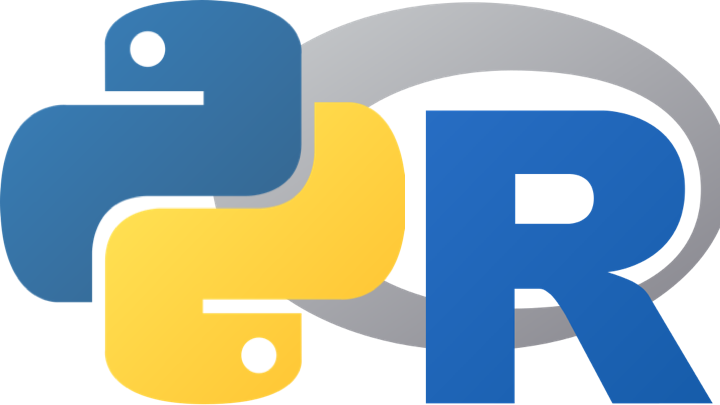
Programming Activities in Python and R (VIU)
Description: Code used to solve the problems of the Programming subject in the Python and R Programming Languages.
Visit the project at:
Shell Scripting / BASH Programming Activities (VIU)

Description: Code used to solve the problems of the Shell Scripting Programming subject, specifically we learned to use the BASH SHELL interpreter.
It is worth noting that I also specialized in the Linux Operating System, which has helped me improve in data analysis projects.
Visit the project at:
Final Degree Project in Biology
Statistical analysis of stranded sea turtles in Tenerife, Canary Islands
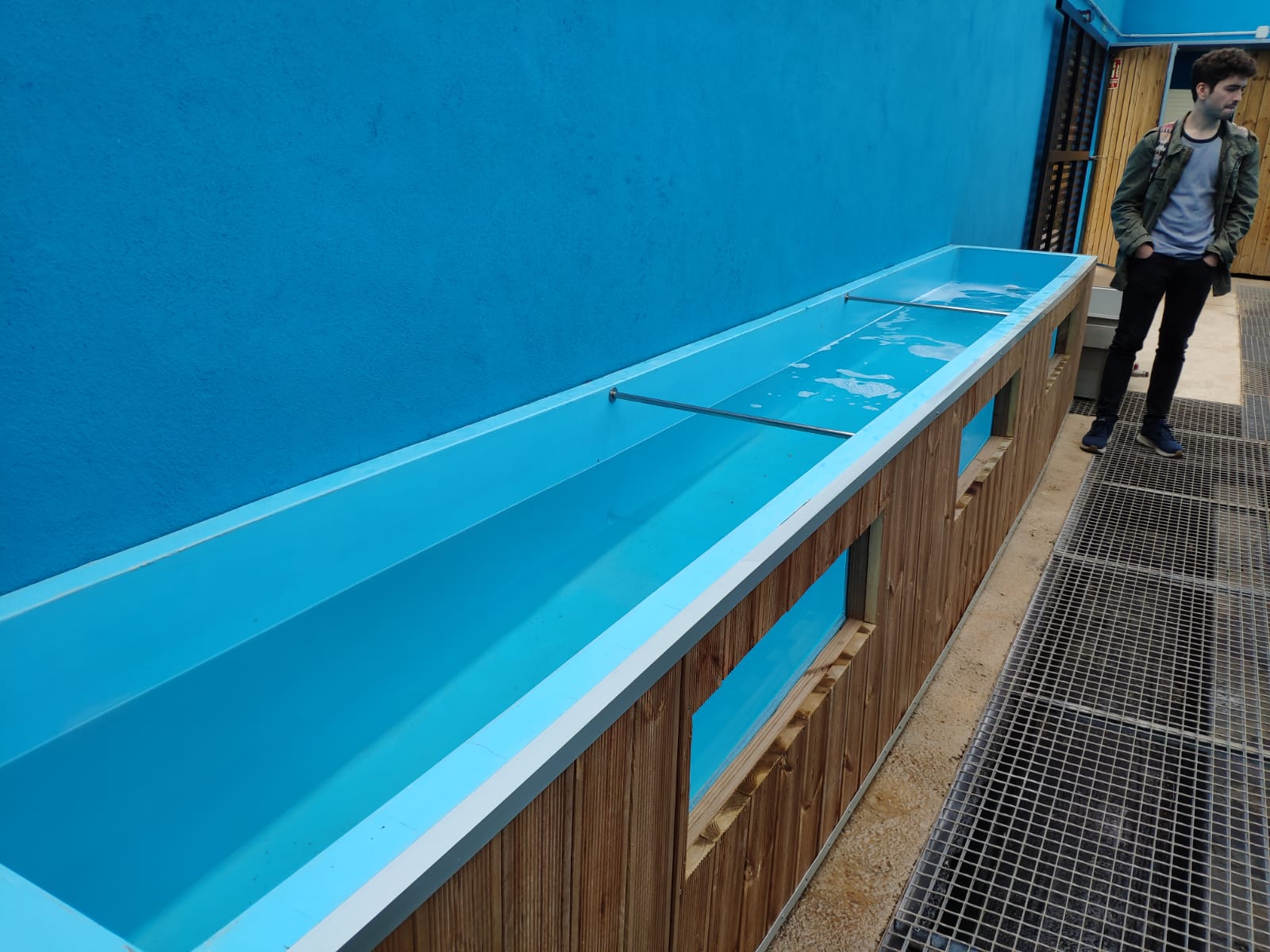
Description: After teaching myself to program in R, I put my skills to the test by analyzing a database of stranded sea turtles, provided by the La Tahonilla Wildlife Recovery Center of the Cabildo de Tenerife.
This project allowed me to demonstrate skills in programming, statistical analysis, data visualization, and more.
In addition, I taught myself how to use Git and GitHub for version control, storing my code and sharing it with my tutor and the board.
Some skills that i learned:
- Learned programming by myself: R.
- Biostatistics.
- Unsupervised Machine Learning
- Time Series Models (SARIMA).
- Data analysis, and Data Visualization
- Git and GitHub.
Visit the project at:
Projects of 2021
Fourth Year Subjects of the Degree in Biology at ULL
I taught myself programming to analyse data from my final year of college. I started with the R programming language , and I still have the code used for the analyses. I have also used it to experiment and apply new knowledge, making modifications and exploring different approaches.
Elective subjects for the specialty:
- 🐁 Applied Animal Physiology
- 🌱 Applications of Plant Physiology
- 🧫 Applied Microbiology
- 🧪 Advances in Biochemistry and Molecular Biology
- 🧬 Evolutionary Genetics.
Visit the project at: